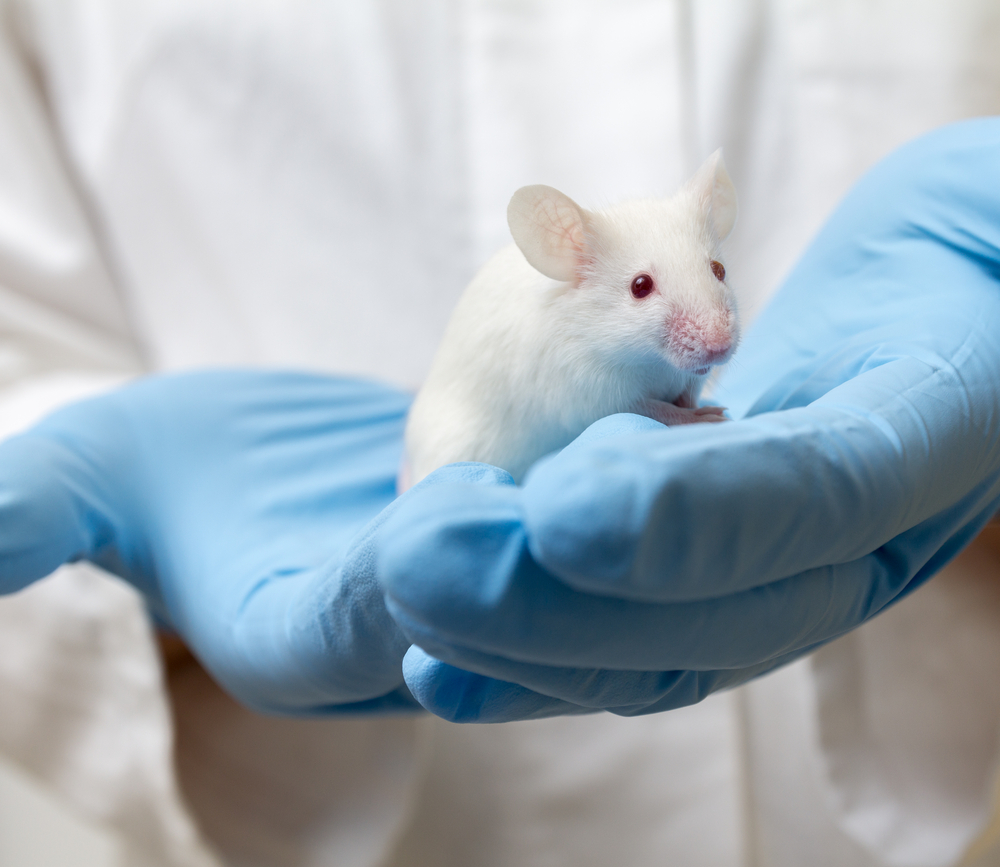Mouse-brain Computer Model Tracks Spread of Alpha-synuclein in Parkinson’s

Researchers have developed a computer model of the mouse brain that integrates both Parkinson’s disease-related genetic risk factors and the animals’ brain networks to help them understand how abnormal alpha-synuclein protein spreads and how neurodegeneration progresses.
The study, “Spread of α-synuclein pathology through the brain connectome is modulated by selective vulnerability and predicted by network analysis,” was published in Nature Neuroscience. The research was funded by the National Institute on Aging.
In recent years, mutations in the gene coding for the leucine-rich repeat kinase 2 (LRRK2) have been identified as the most common cause of genetic Parkinson’s, accounting for 1%–2% of all cases and up to 40% in some ethnic groups.
Mutations in this gene usually result in the malfunctioning of lysosomes (special compartments within cells that digest and recycle different types of molecules).
Lysosomal dysfunction is involved in the formation of Lewy body protein aggregates and, therefore, neurodegeneration. One of the most common mutations found in the LRRK2 gene is called G2019S and occurs when a glycine is substituted by a serine at amino acid 2019. (Amino acids are the proteins’ building blocks.)
Evidence indicates that in neurodegenerative diseases misfolded proteins, such as alpha-synuclein, spread through the brain along anatomically connected networks, inducing progressive decline. In the laboratory, scientists have been able to reproduce the cell-to-cell transmission of disease-related molecules and consequent neuronal death.
However, it is still unclear which factors make cells vulnerable to disease and regulate the spread of misfolded.
To better understand the spatiotemporal pattern of misfolded protein spreading, researchers at the University of Pennsylvania have combined quantitative mapping of disease with network modeling of the mouse brain.
Researchers injected a toxic form of the alpha-synuclein protein into the dorsal striatum, a brain area involved in motor control, of 3-month-old mice and evaluated the protein buildup at 1, 3, and 6 months post-injection.
Alpha-synuclein was found to distinctly accumulate in different brain regions, including the substantia nigra, which is severely affected in Parkinson’s disease, the hippocampus (involved in learning and memory), dorsal striatum (involved in voluntary movement), motor cortex and somatosensory cortex (processes sensations). Higher concentrations were discovered in the brain regions connected to the injection site.
Three months after injection, alpha-synuclein had produced Lewy body-like cellular inclusions.
To understand how this protein spread in a context of disease, scientists developed a computer-based model using a map of the mouse brain and its inner neuronal pathways.
When the team compared the protein accumulations from the mouse brains to the computational model, alpha-synuclein was found to spread primarily along specific brain pathways. Nonetheless, some areas with alpha-synuclein buildup were not associated with those pathways, but instead to higher levels of SNCA, the gene that provides instructions for alpha-synuclein.
That discovery led the team to incorporate genetic variables into the computer model.
Although the LRRK2 G2019S mutation is a known risk factor for developing Parkinson’s, mutated animals showed similar alpha-synuclein spreading patterns as non-mutated mice. Still, there were large regional differences in the degree and rate of alpha-synuclein pathology accumulation, namely within the hippocampus, substantia nigra and primary somatosensory cortex.
Importantly, mutated mice had no accumulation of alpha-synuclein if they were not injected with abnormal alpha-synuclein first, suggesting LRRK2 G2019S may not initiate disease by itself, but rather alter neuronal vulnerability to the disorder.
This hypothesis was confirmed when scientists observed a greater buildup of alpha-synuclein in specific brains regions of LRRK2 G2019S mutated mice, while those same areas were less vulnerable to abnormal cellular changes in non-mutated animals.
In conclusion, a brain network computer-based model that visualizes alpha-synuclein spreading and takes into account both brain connectivity and genetic background may become a reliable way to test different protein spreading scenarios. In the long-run, that should help investigators to better understand the processes behind neurodegenerative diseases such as Parkinson’s.






